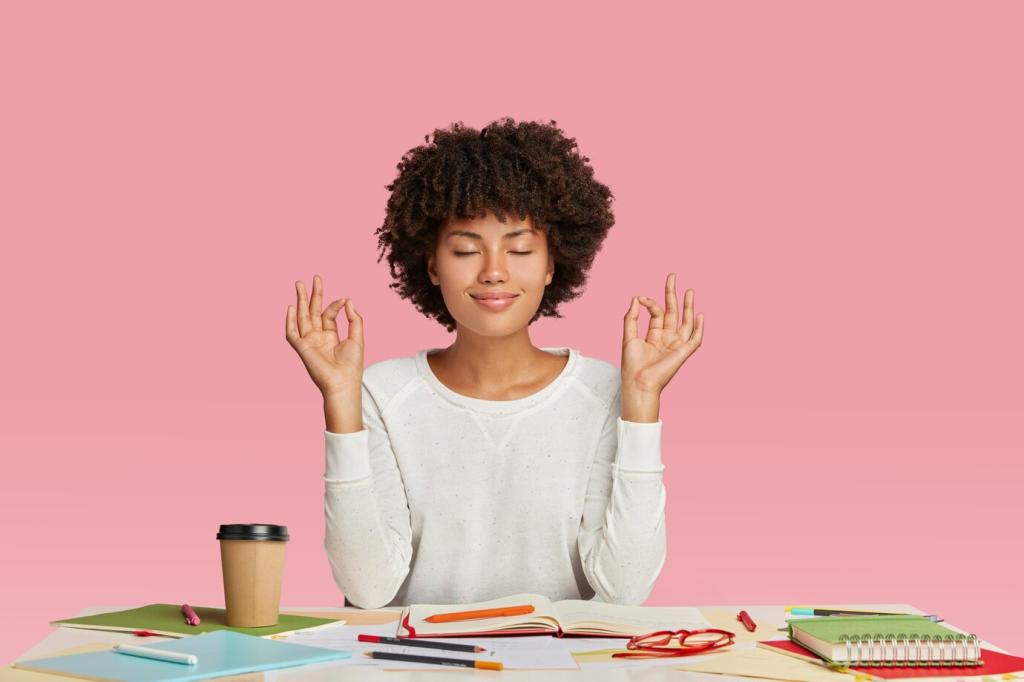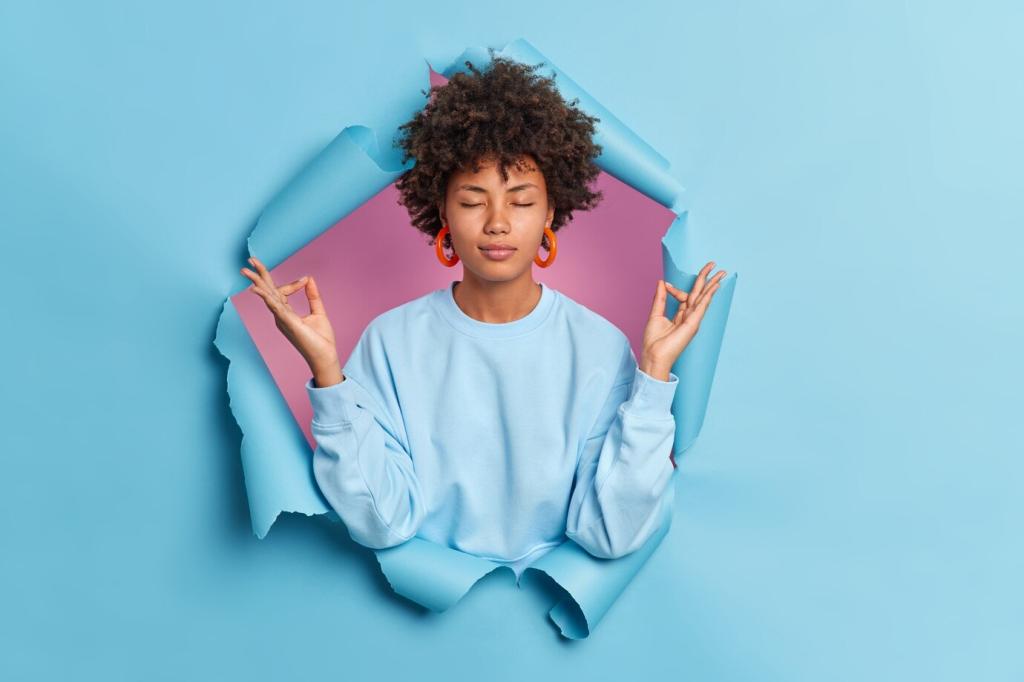Overcoming Common Visualization Blocks
Use other senses. Imagine the weight of a blanket, the rhythm of rain, or the scent of pine. Many minds feel through touch and sound first. This still counts as visualization. Tell us which sense leads for you so we can tailor future guides.
Overcoming Common Visualization Blocks
Give your mind a job: count breath ripples, trace a shoreline, or color clouds from gray to blue. Gentle tasks occupy mental space, leaving less room for spirals. Save this tip for tough days and share your favorite mental task below.








